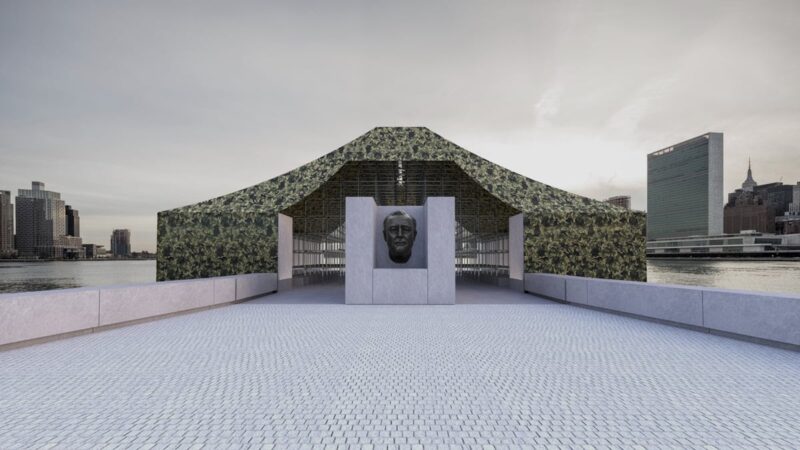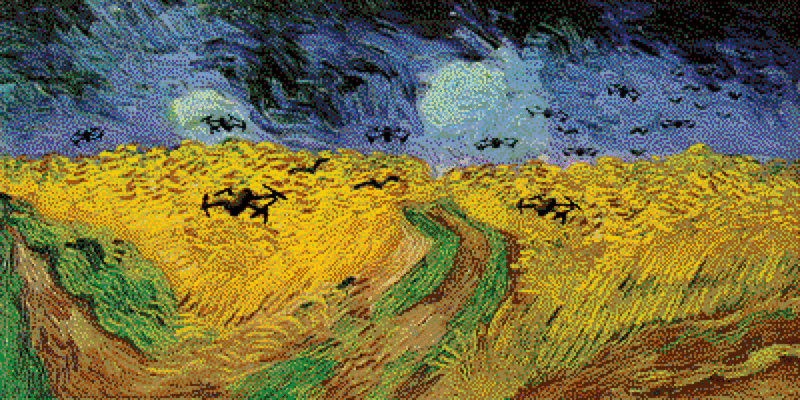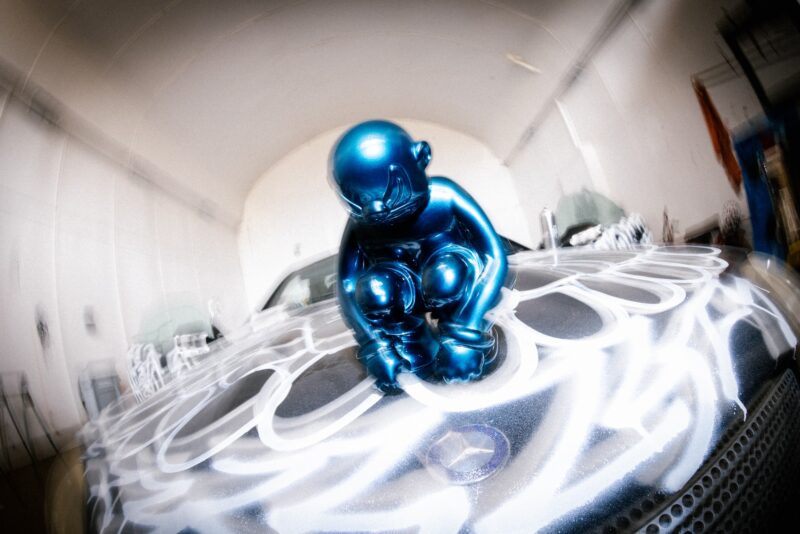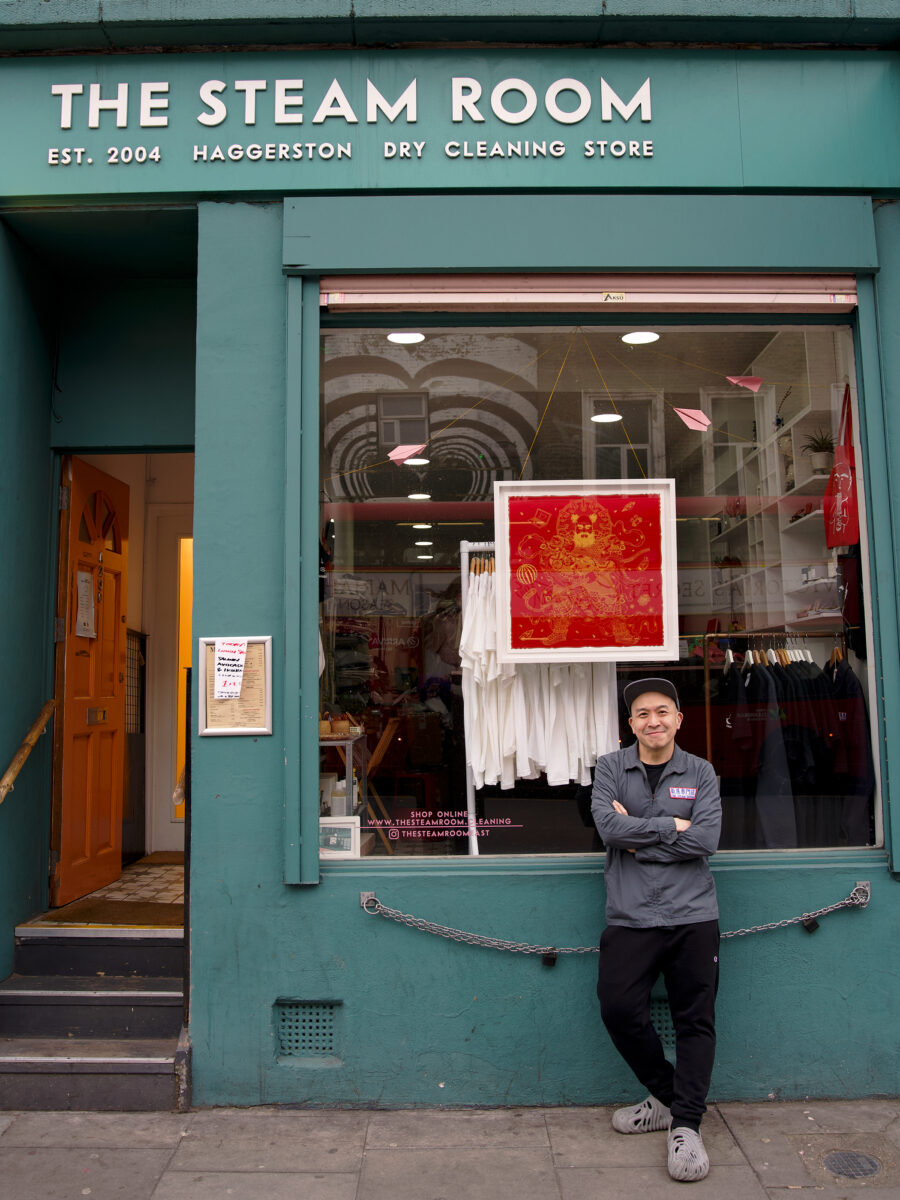
Avant Arte’s latest collaboration is with Ai Weiwei – Guardian, a new time-limited print edition will be available for just 24 hours on avantarte.com, starting at 3PM GMT on 15th February 2024.
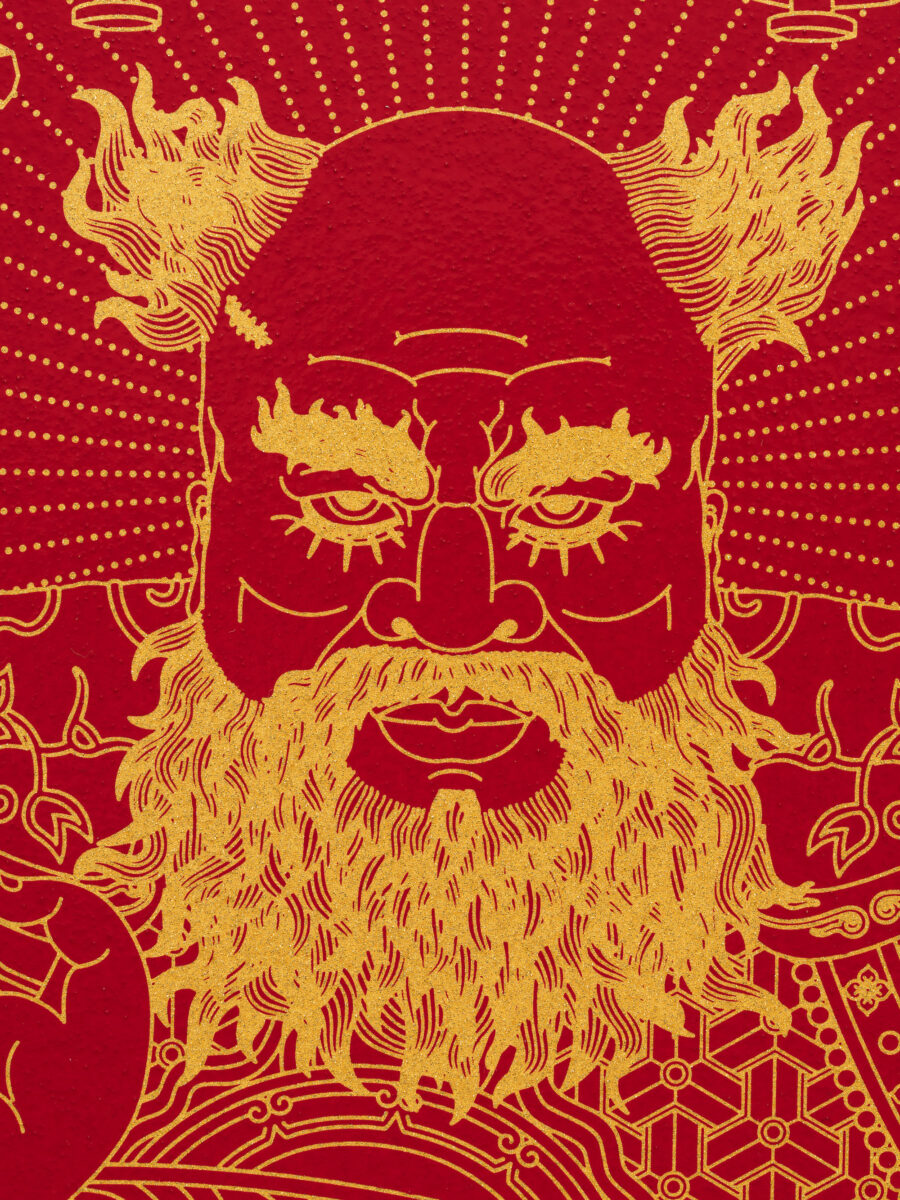
Guardian, is a new work by Ai Weiwei featuring the artist in the role of Divine Guardian or Door God (??) – a symbol of good fortune and protection that is traditionally affixed to doors during festive periods in China. The Divine Guardian holds potent safeguarding powers and is meant to ward off negative influences to ensure inhabitants’ comfort and well-being. Traditionally, it is customary for every household to display a Divine Guardian portrait before the Lunar New Year to symbolise an aspiration for social stability and family prosperity in the year to come.
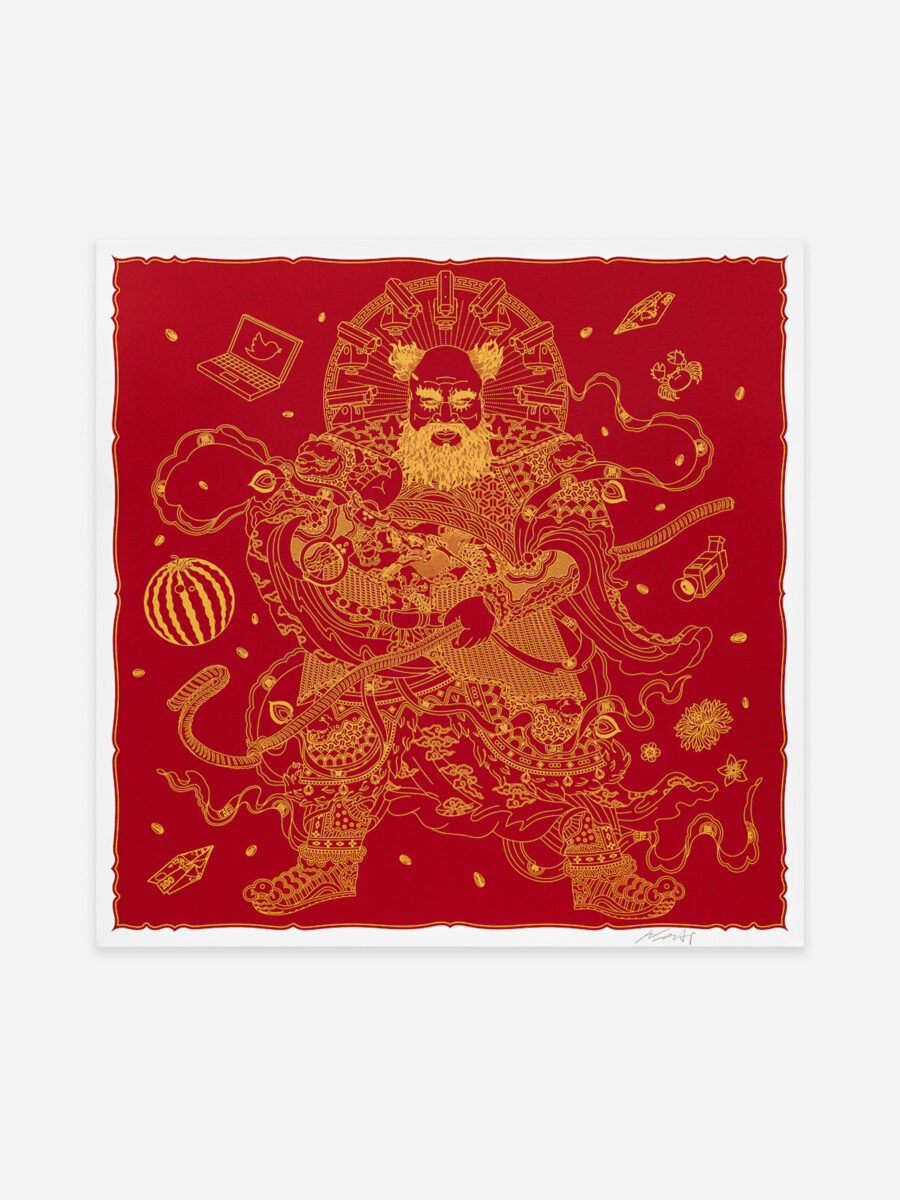
Weiwei’s Guardian layers the traditional figure of the Divine Guardian and traditional Chinese symbolism with a multitude of his own artistic motifs and recurring symbols that refer to key themes he explores in his practice from surveillance to free speech and specific moments in time including his secret detention by Chinese authorities in 2011 and his Tate Modern Sunflower Seeds installation in 2010.
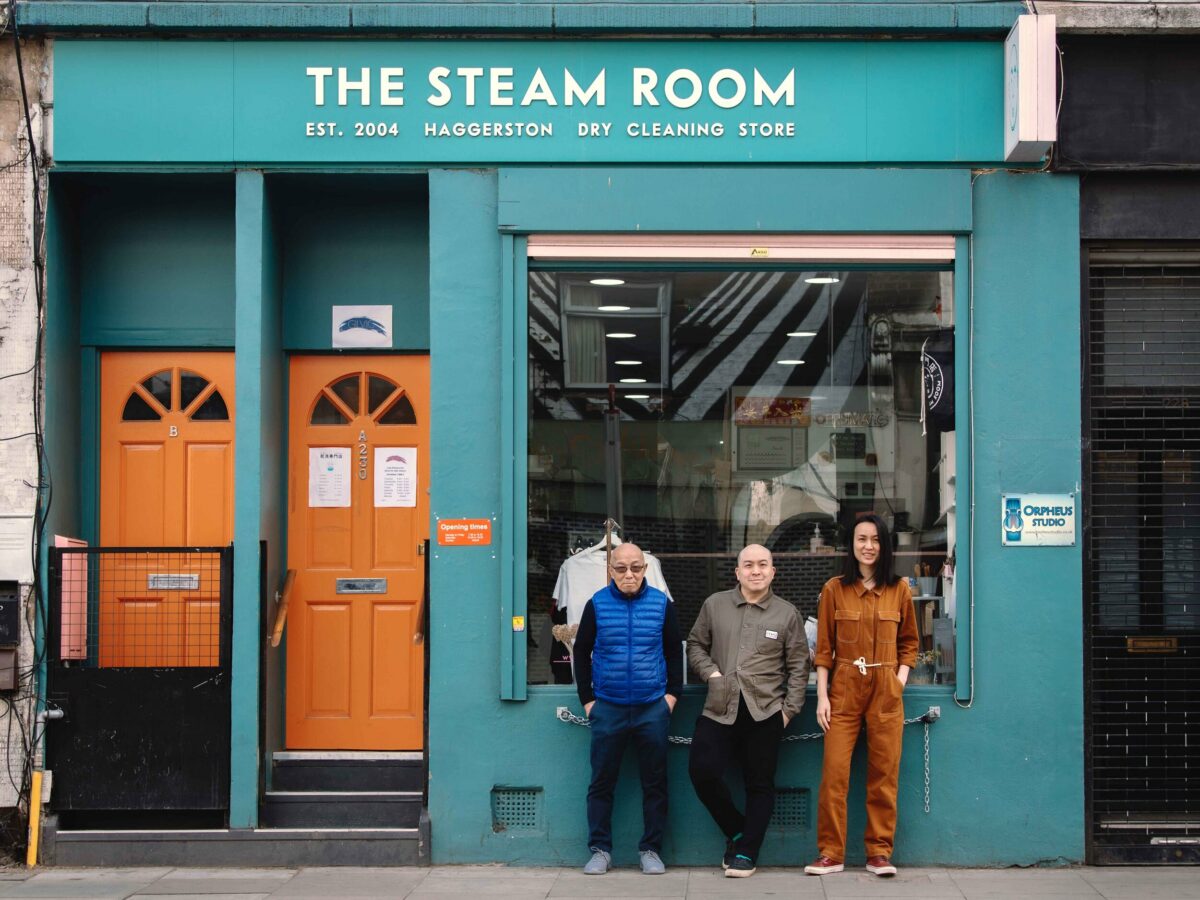
To celebrate the Lunar New Year and offer art lovers the chance to see the work in person, Avant Arte has partnered with The Steam Room in Haggerston, East London, a dry cleaning and lifestyle store run by its second generation British-Chinese owner Tony Chung to display the work from 6th-16th February 2024. The Steam Room is beloved by many of London’s most prominent fashion brands including Roksanda and Henry Holland and lies at the heart of East London’s creative community not far from Avant Arte’s London base. It has a long history in the area, having first been established as a Chinese takeaway by Tony’s father in the 1970s before becoming The Steam Room in 2004 when Tony took over the business. In recent years, it has become known for its vibrant Lunar New Year displays celebrating Asian artists however this year they were unable to plan one and so Avant Arte suggested displaying Weiwei’s Guardian to welcome the new year and continue the tradition. The work will be displayed in the window on The Steam Room by the entrance as a traditional Divine Guardian would be shown and there is a special surprise for fans that go down to see the work there.
We are thrilled to partner with Avant Arte for this year’s Lunar New Year installation. I’m a product designer by trade so creativity lies at the heart of everything we do at The Steam Room from the fashion designers whose clothes we care for to the artists and makers we support through our displays. Most years, we like to do a dedicated Lunar New Year display celebrating Asian artists. They’ve become loved by the local community but this year we didn’t think we’d have time to make it happen as we’ve been so busy. I couldn’t be happier that to collaborate with the Avant Arte team to show this spectacular new work by the great Ai Weiwei for the first time and to bring in the New Year. I hope everyone enjoys getting to see it as they walk past or visit us!
Tony Chung, founder of The Steam Room,
Born 1957 in Beijing, Ai Weiwei now lives and works between Cambridge, Lisbon and Berlin. Growing up in 1960s and 70s China during the Cultural Revolution, Weiwei’s father was an influential poet. This saw the two of them forcibly moved to the Gurbantünggüt Desert in northwestern China. This experience influenced Weiwei’s activism and art practice. Weiwei effortlessly moves between different media, from sculpture and architecture to performance and documentary film. His work is often monumental in scale
and is driven by a hunger for truth and justice, frequently also incorporating his own life experiences. His works are held in the collections of numerous institutions, including Centre Pompidou, LACMA, the Guggenheim, MoMA and the Tate, among others
About the artist
Born 1957 in Beijing, Ai Weiwei now lives and works between Cambridge, Lisbon and Berlin. Growing up in 1960s and 70s China during the Cultural Revolution, Weiwei’s father was an influential poet. This saw the two of them forcibly moved to the Gurbantünggüt Desert in northwestern China. This experience influenced Weiwei’s activism and art practice. Weiwei effortlessly moves between different media, from sculpture and architecture to performance and documentary film. His work is often monumental in scale
and is driven by a hunger for truth and justice, frequently also incorporating his own life experiences. His works are held in the collections of numerous institutions, including Centre Pompidou, LACMA, the Guggenheim, MoMA and the Tate, among others @aiww
